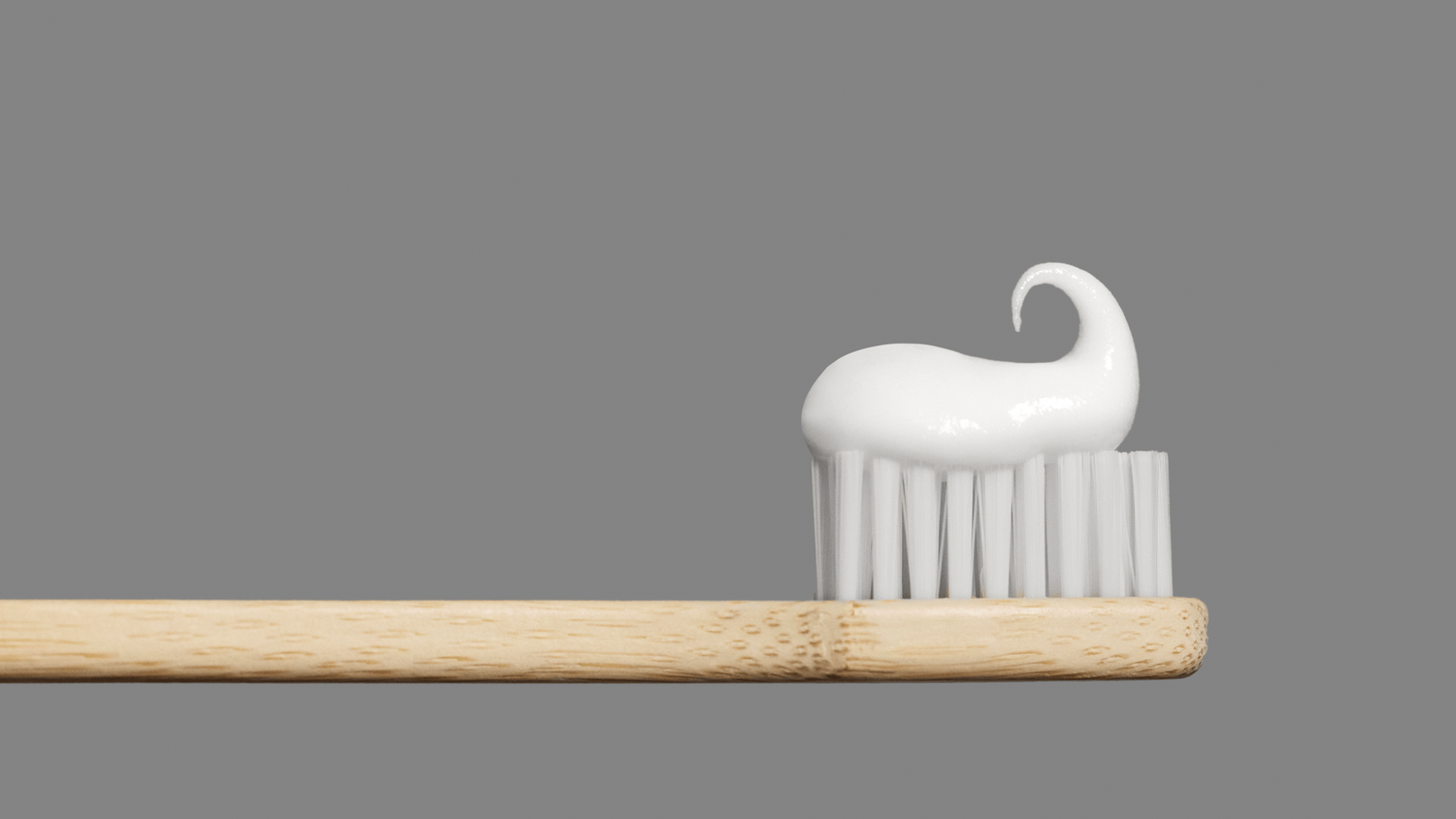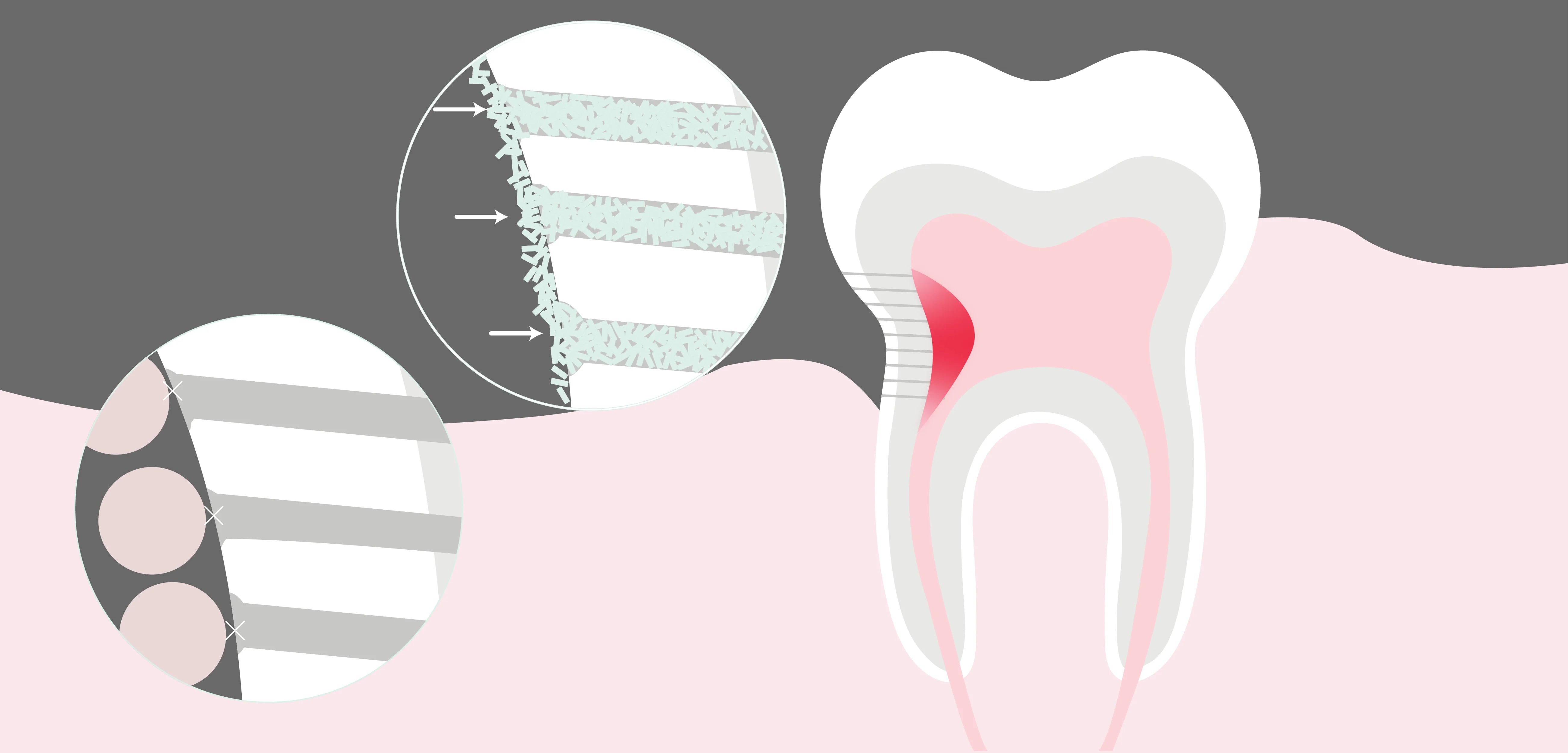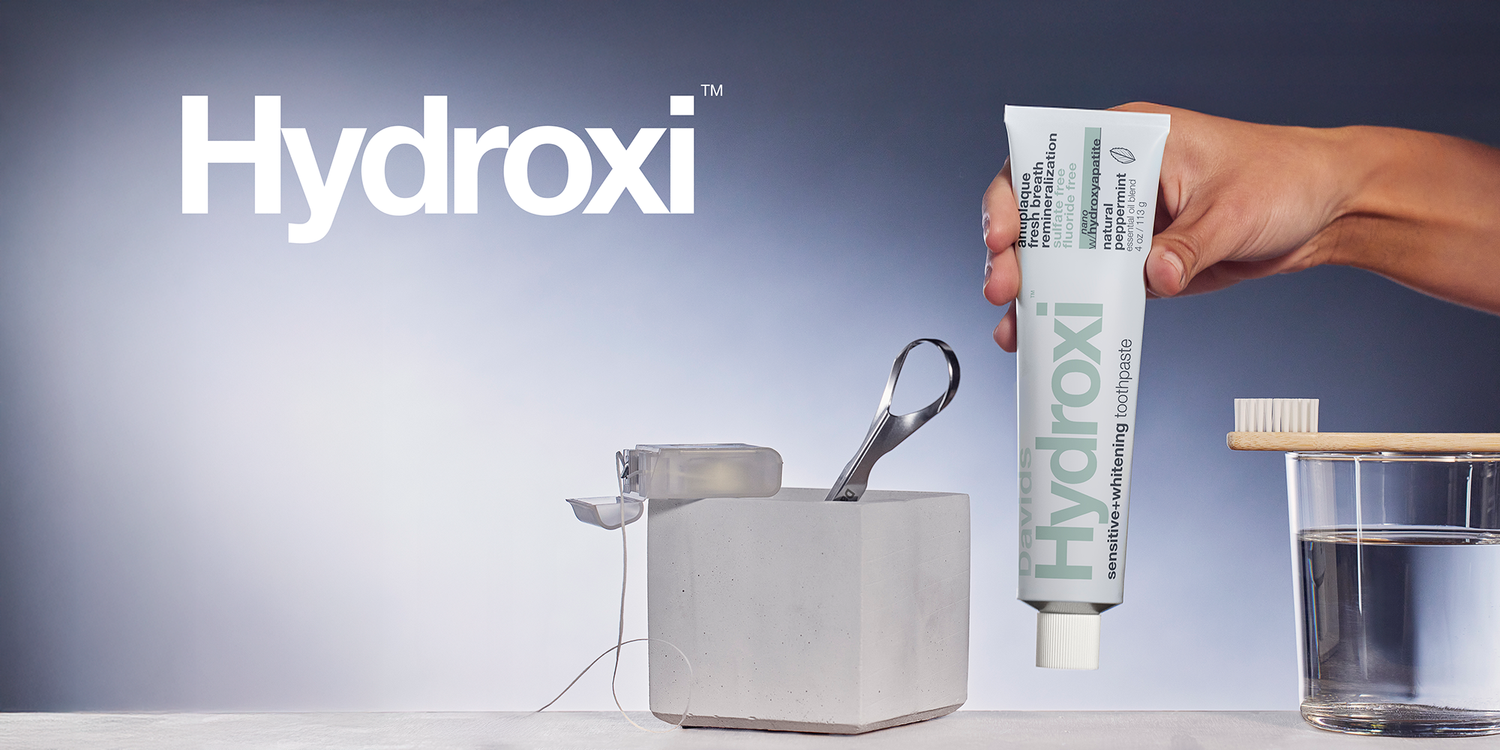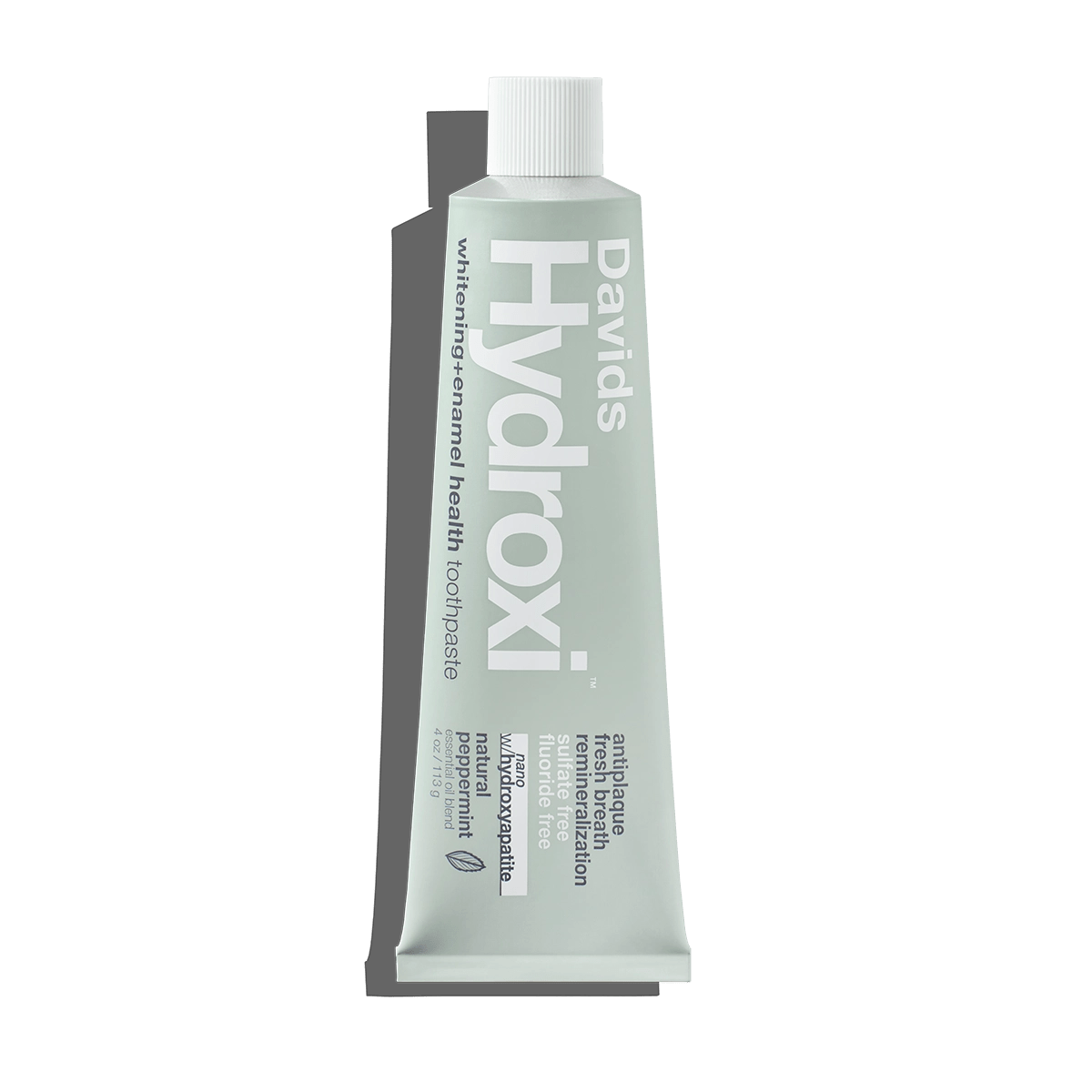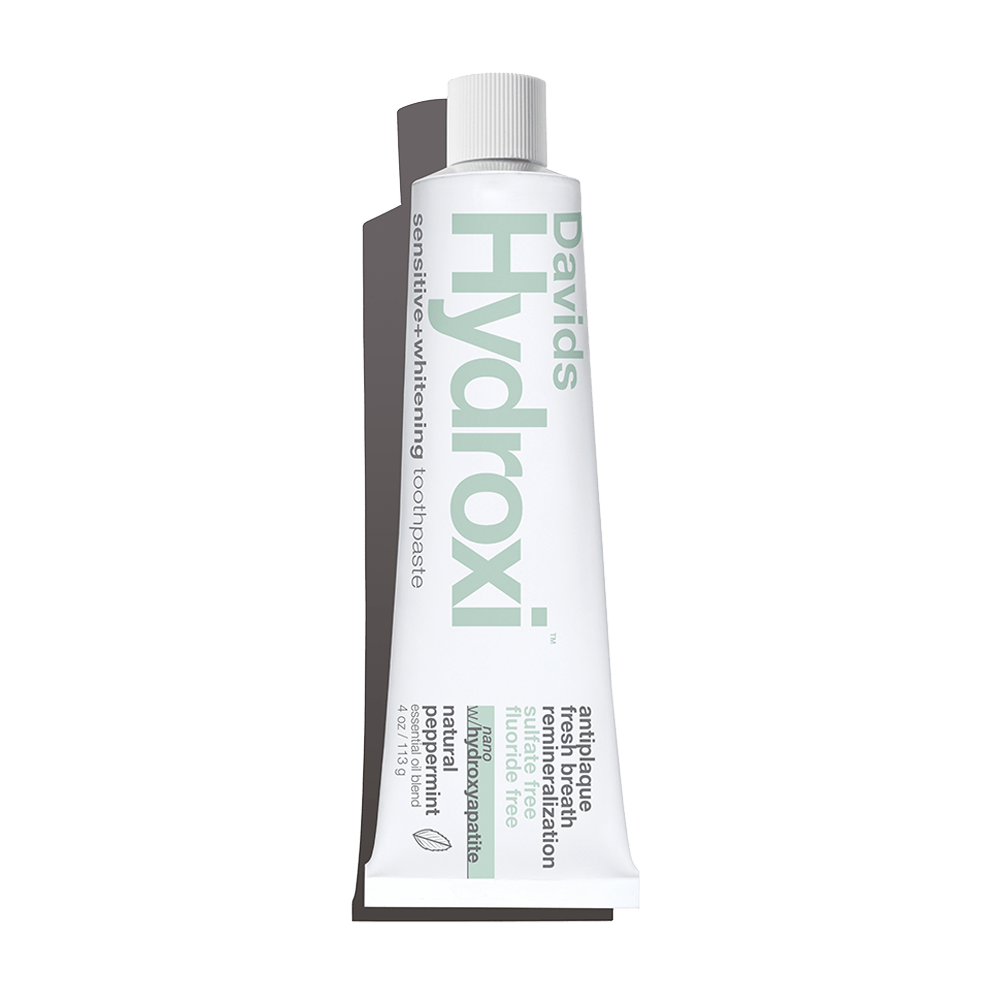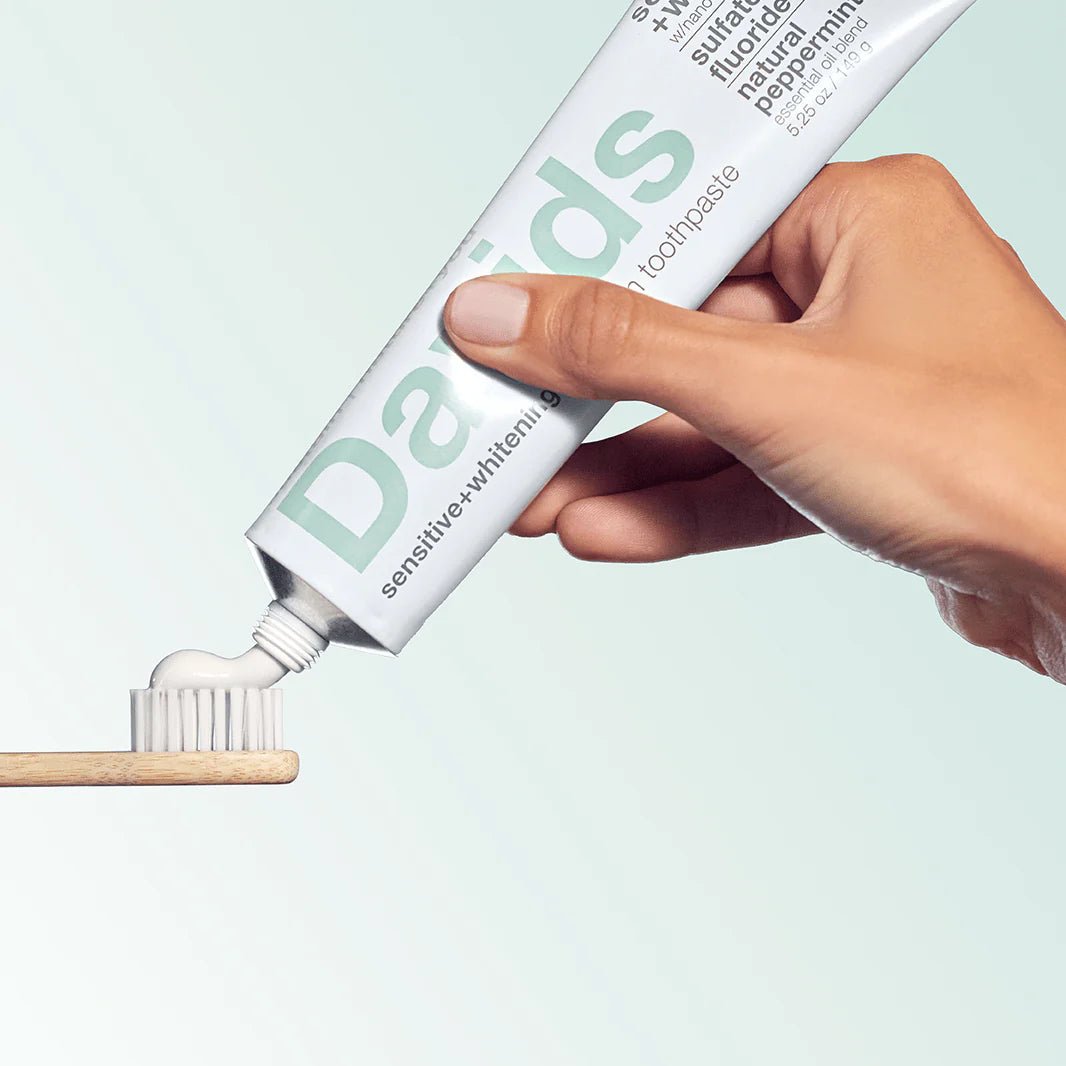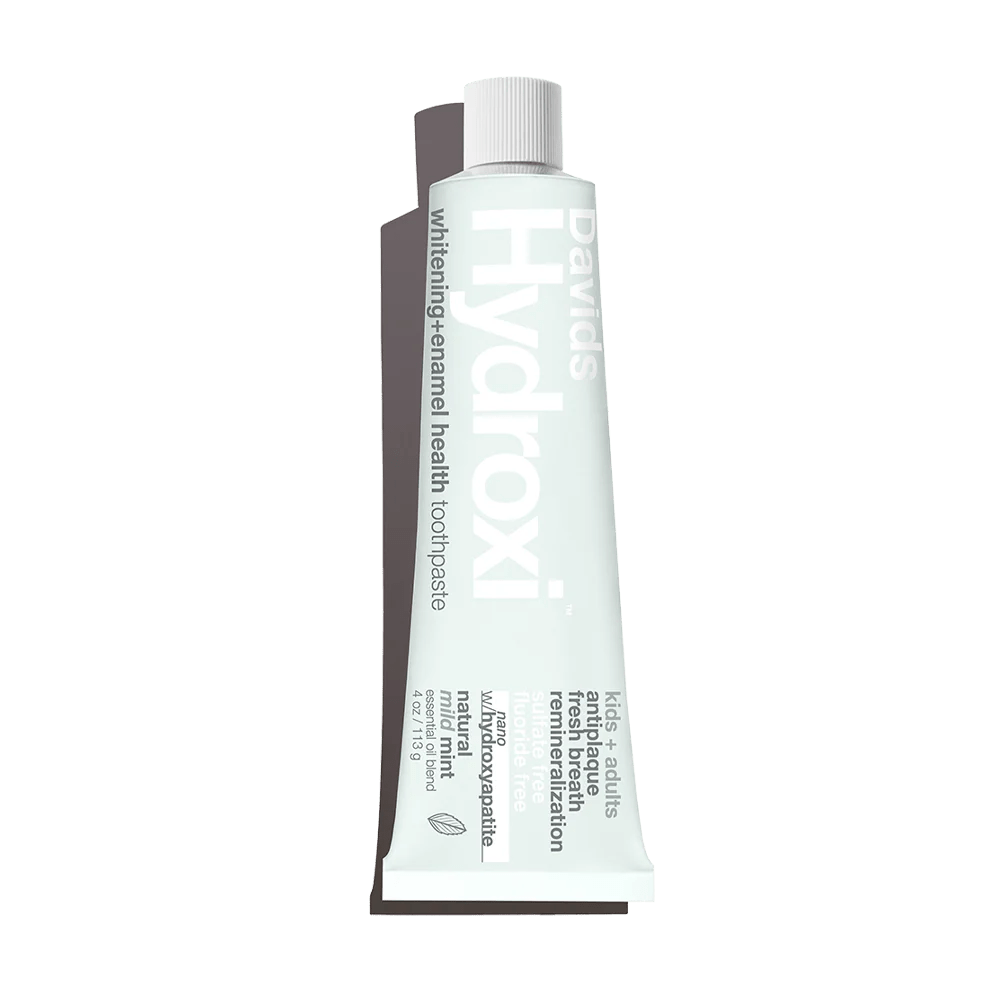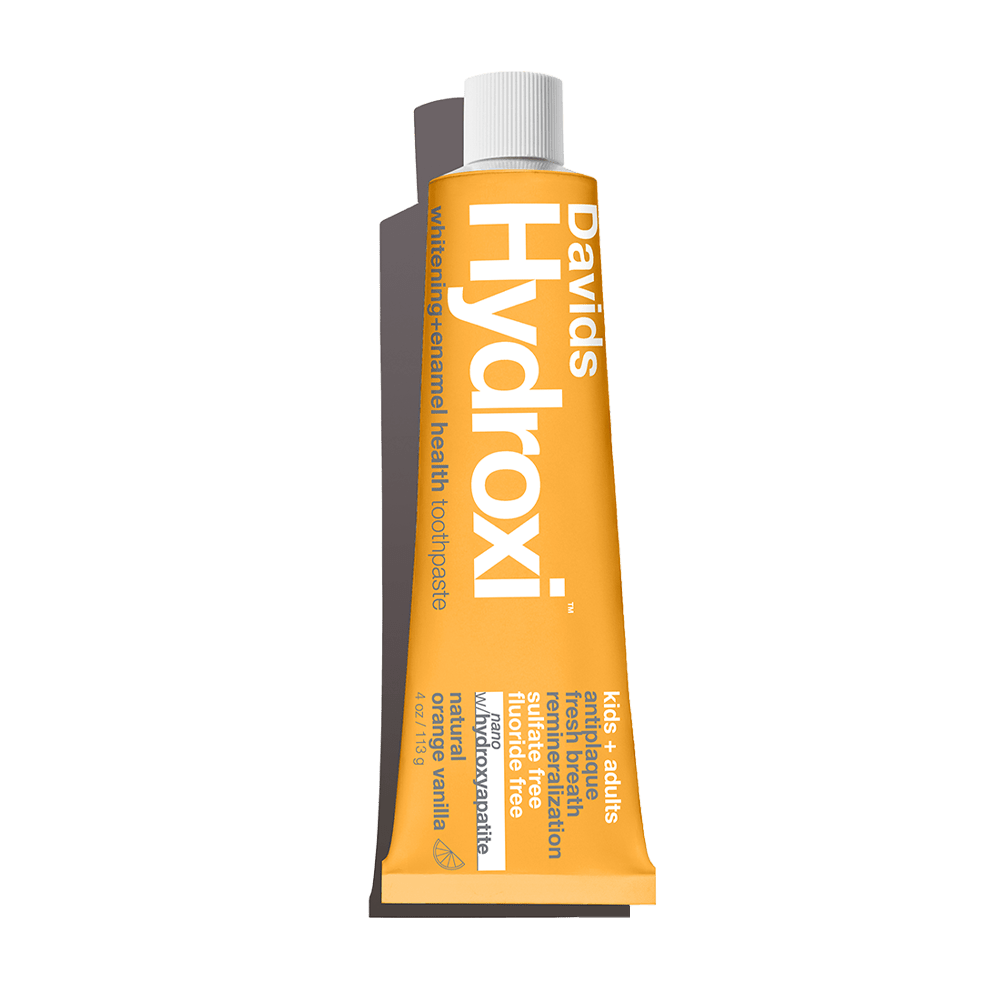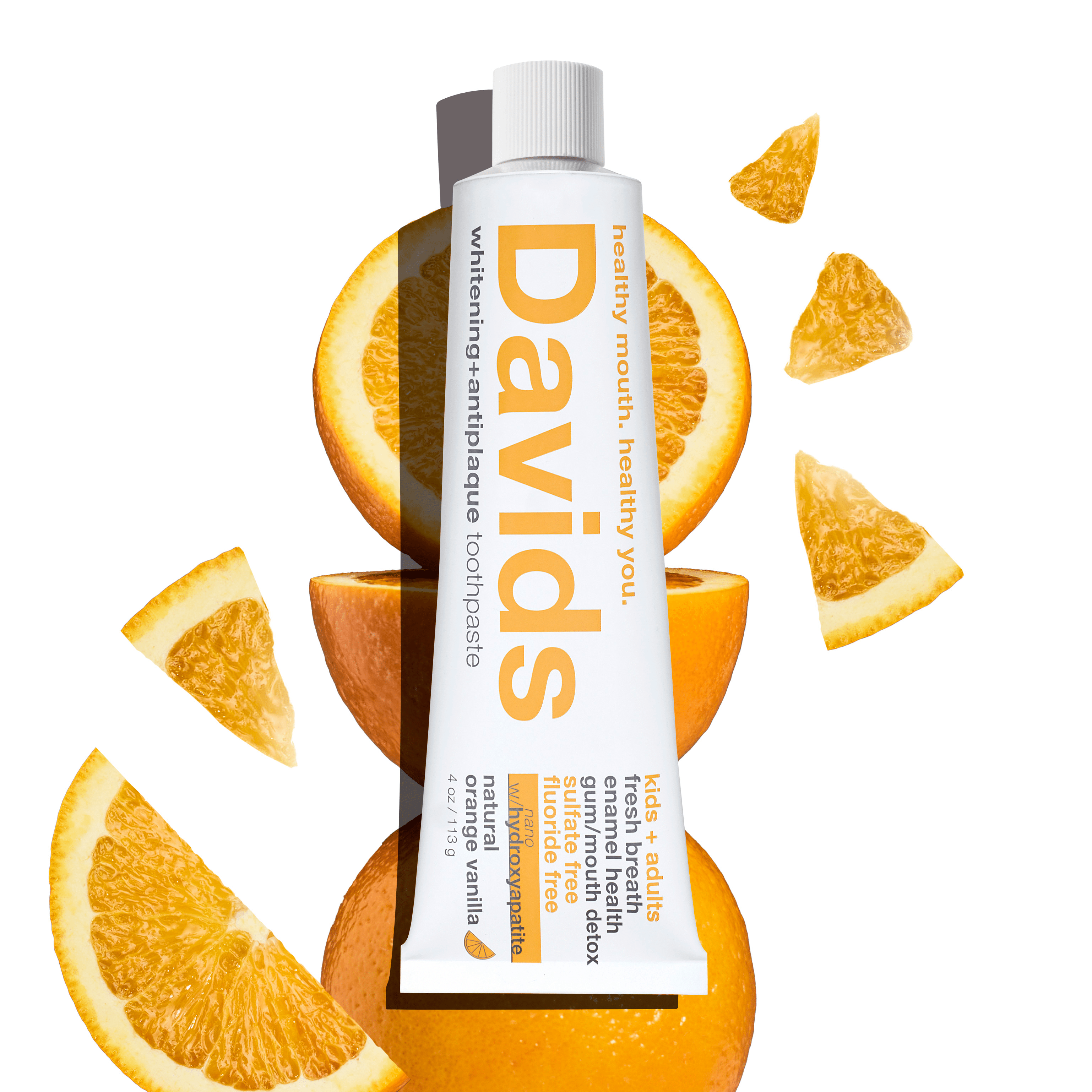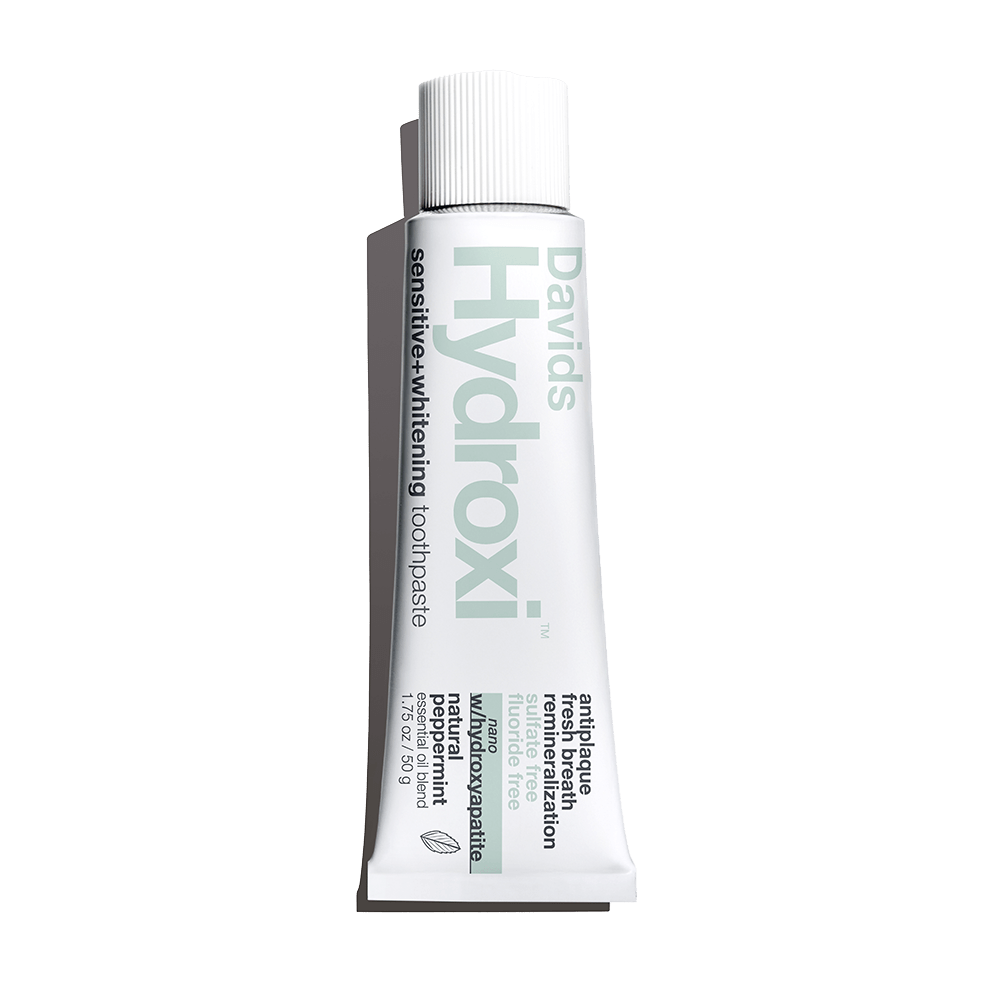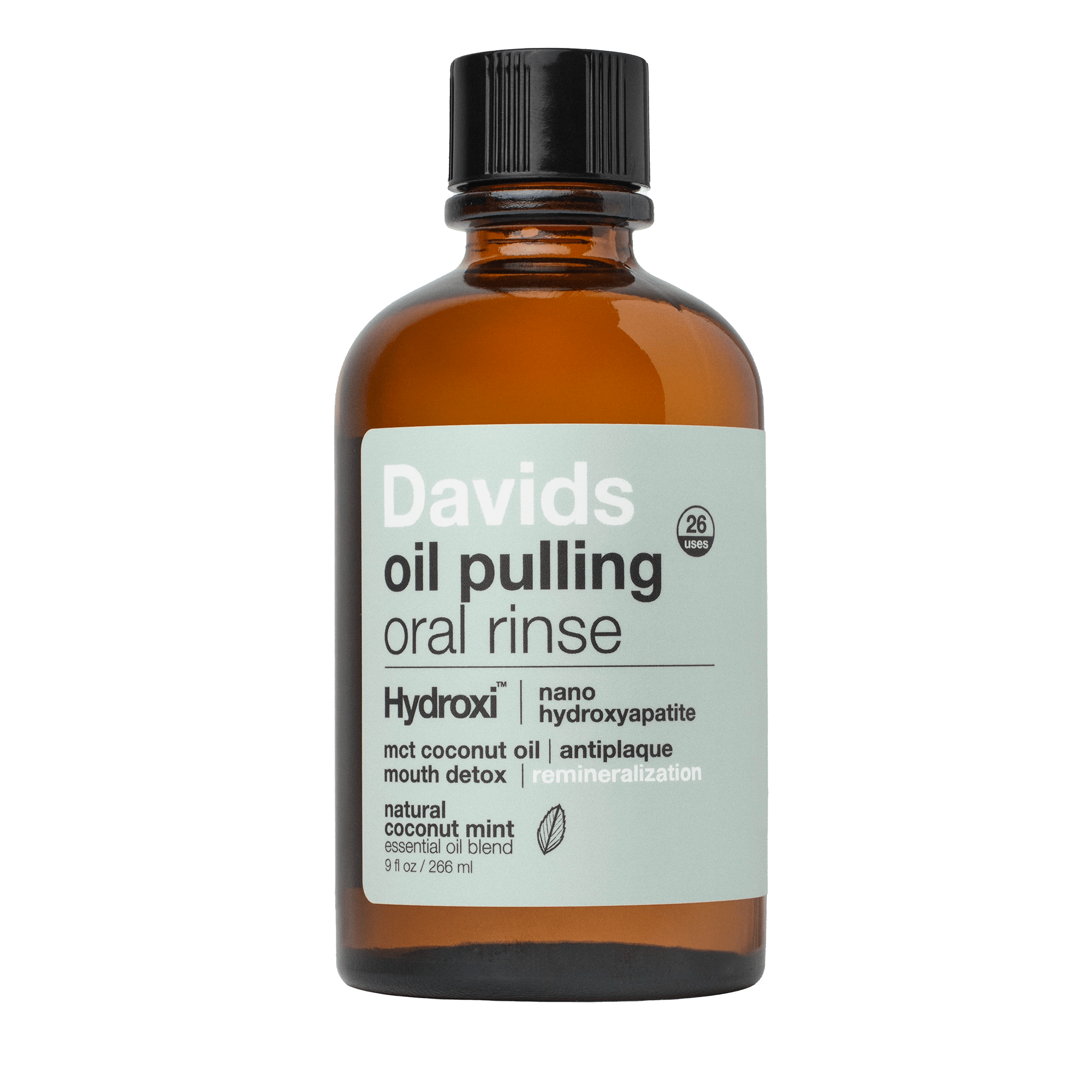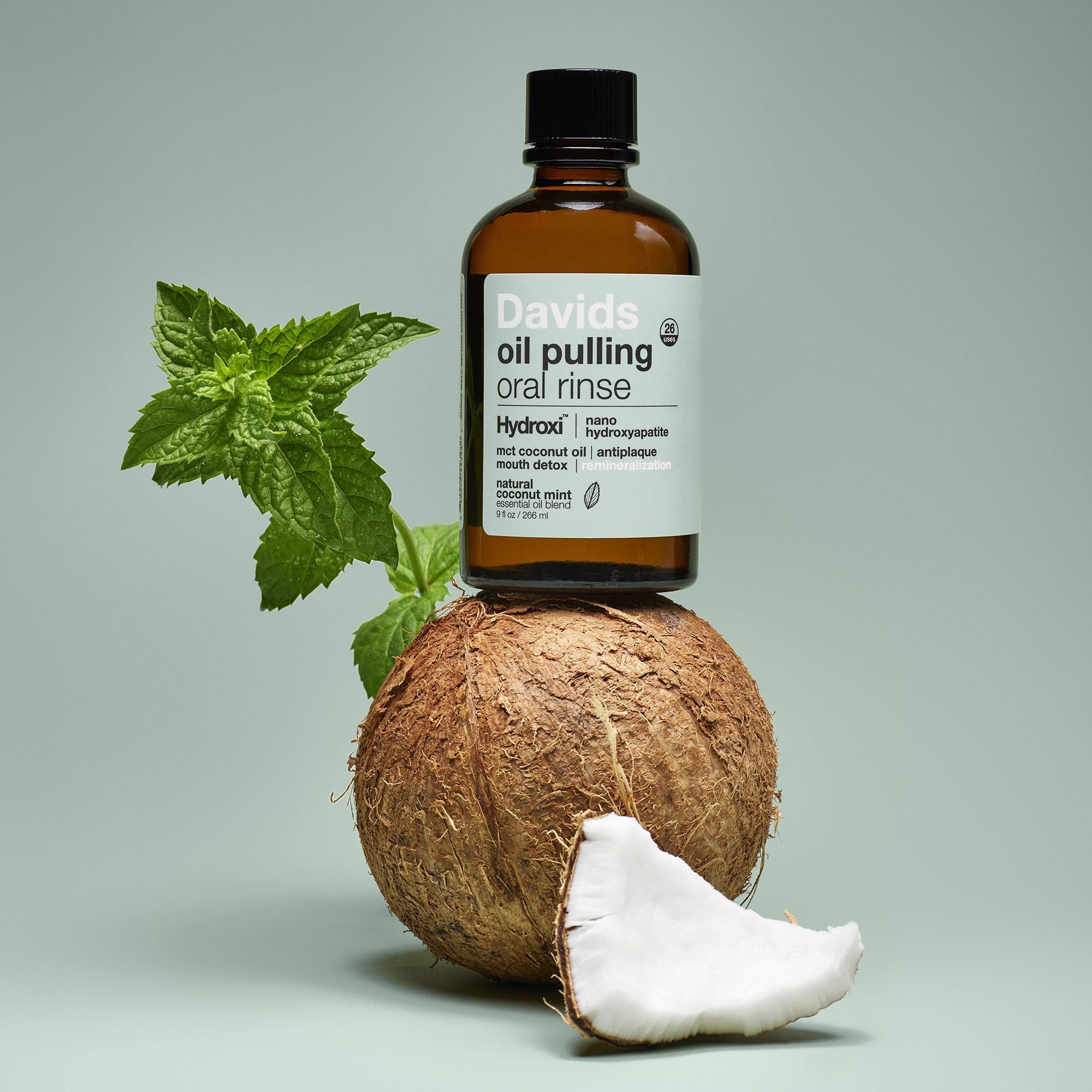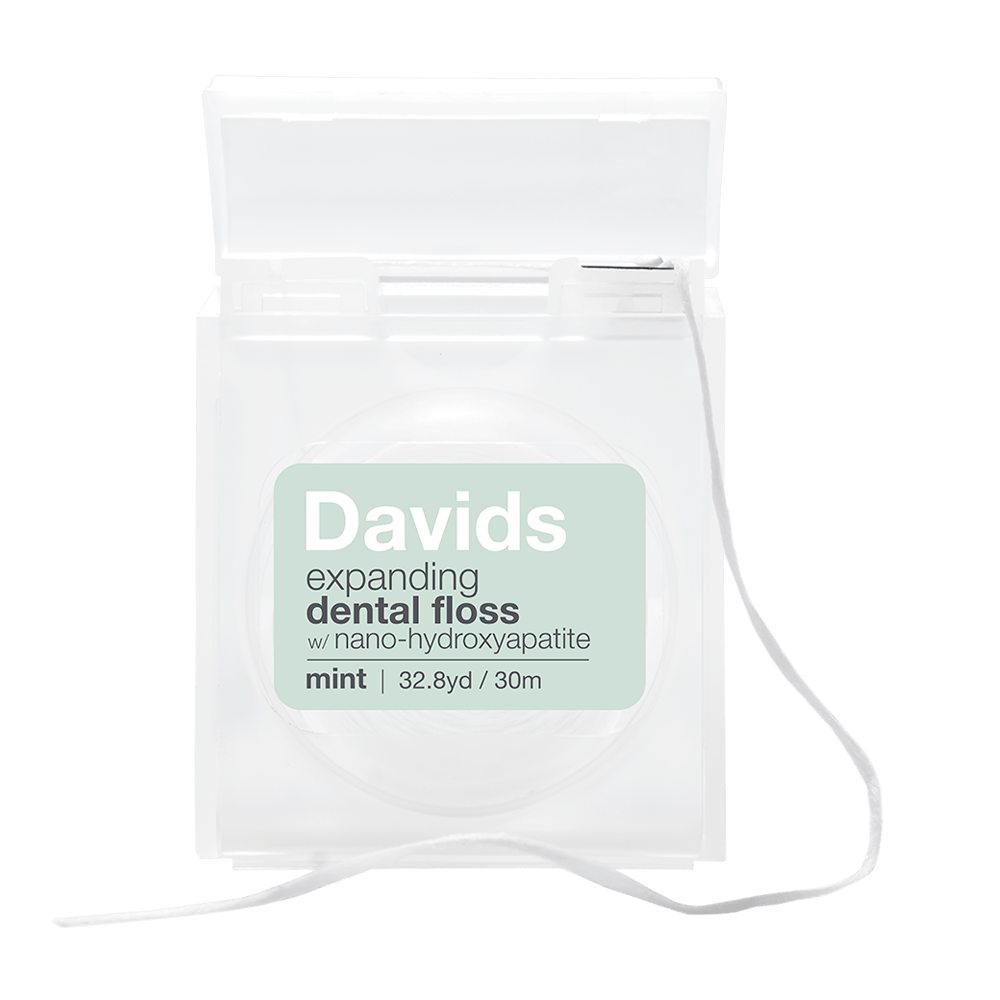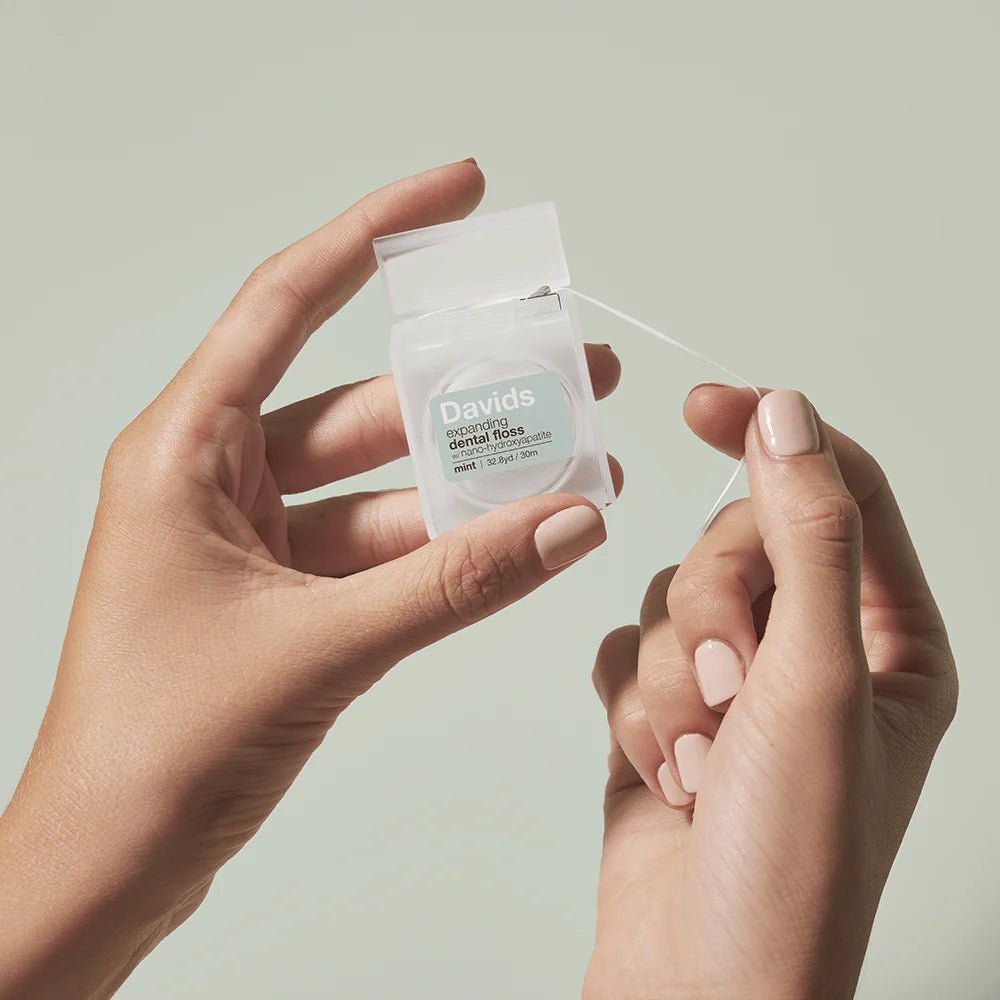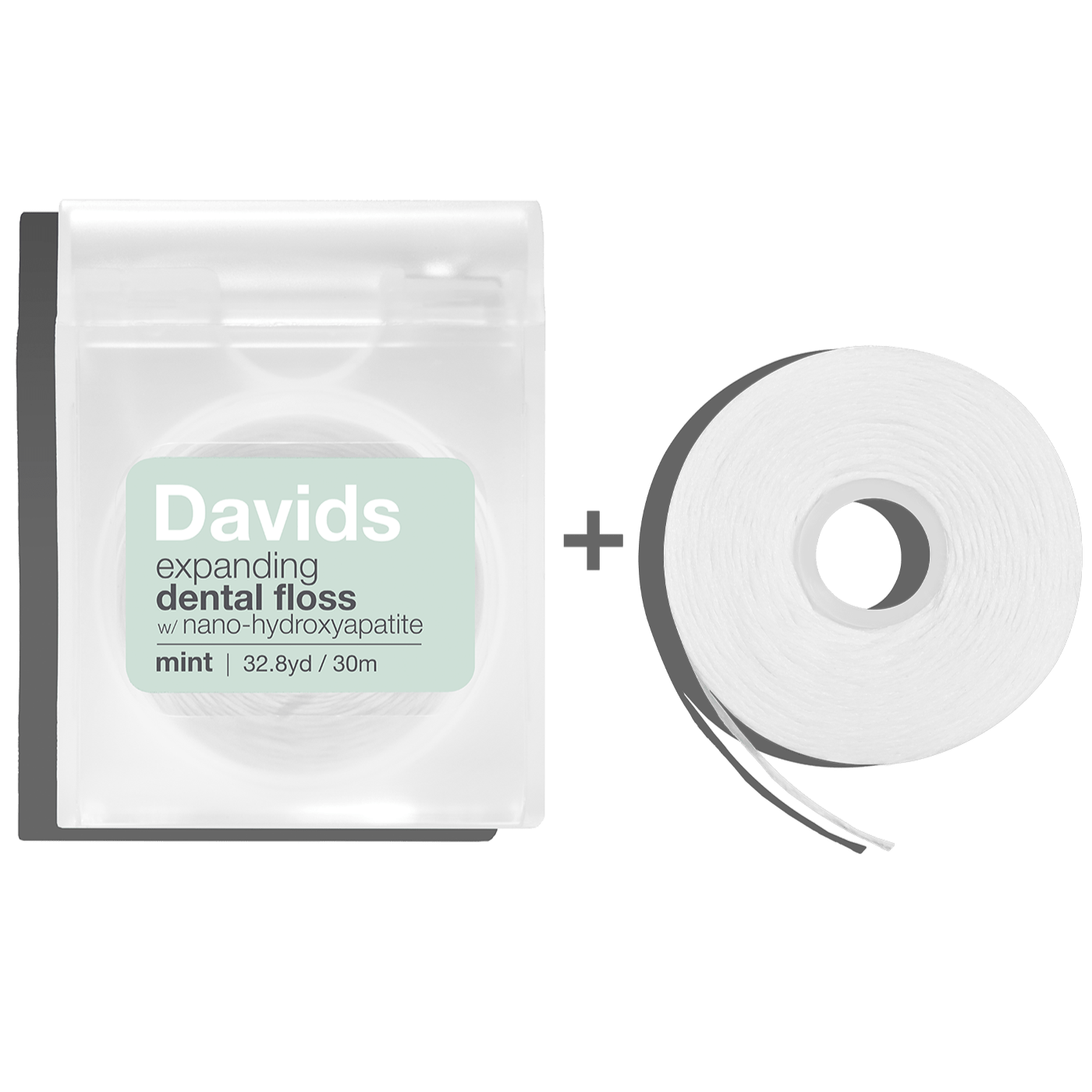If you’ve brushed your teeth in the past 70 years, chances are you’ve heard about fluoride and its role in preventing cavities. What you might not be as familiar with is nano hydroxyapatite (nHA), a safe, naturally derived, and incredibly effective alternative that has been growing in popularity.
In this guide, we’ll break down what nano hydroxyapatite is, why it’s a game-changer for your oral health, what to look for when picking an nHA toothpaste, and why it just might be a better choice for your teeth.
But first, let’s address the elephant in the room...

what are the concerns with fluoride?
biological limitations
biological limitations
Saliva resources: For fluoride to be effective, your saliva needs to be rich in calcium and phosphate to form fluorapatite. If these minerals are lacking, even high-strength fluoride toothpaste might not work as well.
Dry mouth (xerostomia): Saliva is crucial for the remineralization process. People with dry mouth conditions may not get the full benefits of fluoride due to reduced saliva production.
dose dependent
dose dependent
Fluoride’s effectiveness depends on hitting just the right amount, but finding that balance can be challenging. The benefits of fluoride are highly dose-dependent, meaning that too little fluoride won’t provide sufficient protection, while too much can have negative consequences for both your teeth and overall health.
Too much fluoride: Excessive fluoride exposure can lead to conditions like dental fluorosis and, in more severe cases, skeletal fluorosis. Over time, consuming too much fluoride can harm developing teeth, resulting in visible white spots or streaks on the enamel. In extreme cases, excess fluoride can impact bone density and joint health.
Too little fluoride: On the other hand, if fluoride levels are too low, it won’t be able to effectively prevent tooth decay or remineralize enamel. This can lead to cavities and enamel erosion over time, especially if your oral environment (such as the levels of calcium and phosphate in your saliva) doesn’t naturally support remineralization.
The problem is, achieving the “optimal” fluoride dose varies from person to person, depending on factors like their oral microbiome, diet, and mineral levels. It’s hard to predict whether your fluoride toothpaste or treatment is giving you just the right amount or whether you’re inadvertently getting too much or too little from other sources, like drinking water.
potential health concerns
potential health concerns
Dental fluorosis: Overexposure to fluoride during tooth development can result in dental fluorosis, which shows up as white spots or streaks on teeth.
Skeletal fluorosis: Long-term excessive fluoride intake can lead to skeletal fluorosis, a condition that causes joint stiffness and pain.
Neurotoxicity: Some studies have raised concerns about the potential neurotoxic effects of fluoride, with possible links to reduced IQ in children exposed to high levels during pregnancy.
environmental impact
environmental impact
Fluoride is also a potential concern for the environment. We all know that fluoride is commonly added to public water supplies and used in a variety of dental products. However, excessive amounts of fluoride that run off into groundwater, rivers, and lakes can accumulate in the environment over time, impacting wildlife and ecosystems. Certain regions have reported harmful levels of fluoride in water sources, contributing to soil and water contamination.
Fluoride toxicity can affect aquatic life, leading to reduced reproduction rates and growth in some species of fish and amphibians. It may also contribute to soil degradation and decreased agricultural productivity in areas where fluoride levels are high. While fluoride is beneficial in specific controlled applications for dental health, its impact on the environment is an increasing concern that warrants further research and consideration.
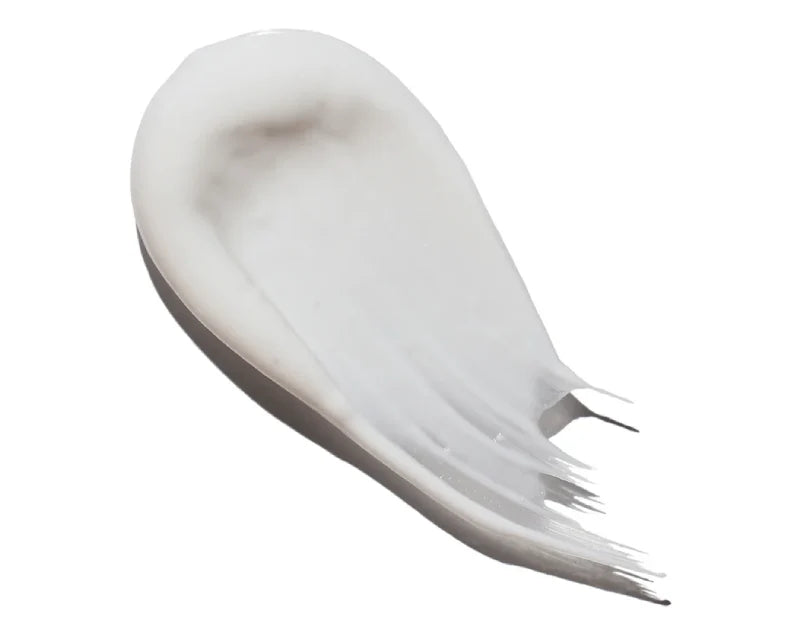
hydroxyapatite: more than just a fluoride alternative
Now that we know there are potential issues and concerns with fluoride, what can we do instead?
Some popular fluoride alternatives like xylitol, arginine, and calcium phosphates offer some benefits for oral health, but they don’t remineralize enamel or prevent cavities as effectively as fluoride by themselves.
Hydroxyapatite, especially in its nano form, is more than just a fluoride alternative, it actually outperforms fluoride at enamel repair and remineralization without the safety concerns.
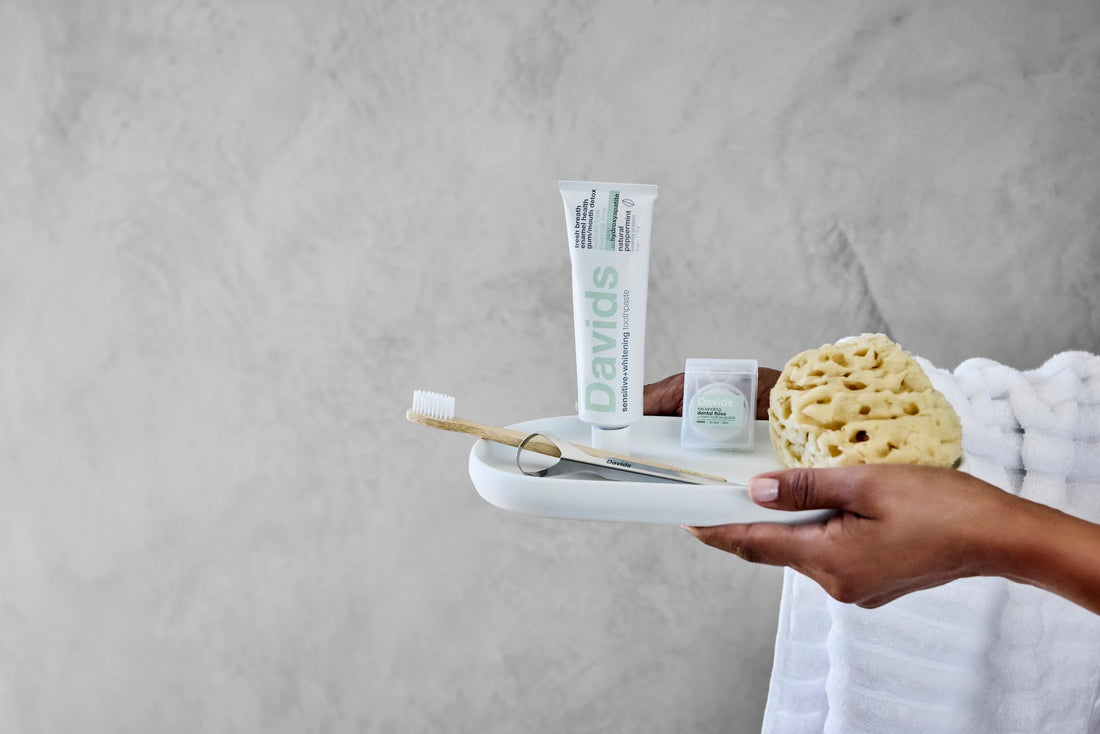
what is hydroxyapatite?
main component of bones and teeth
main component of bones and teeth
Hydroxyapatite (HA) makes up around 70% of human bone and 97% of tooth enamel, providing structural strength and hardness. In its purest form HA is white, which is why your bones and teeth are naturally white as well.
calcium and phosphorus based
calcium and phosphorus based
To be a bit more scientific, hydroxyapatite is a naturally occurring form of calcium phosphate with the chemical formula Ca₁₀(PO₄)₆(OH)₂, known for its crystalline structure.
biocompatibility
biocompatibility
Since it already exists in your body, hydroxyapatite is highly biocompatible. This means it can naturally integrate with human tissue, making it safe for use in medical implants and dental applications.
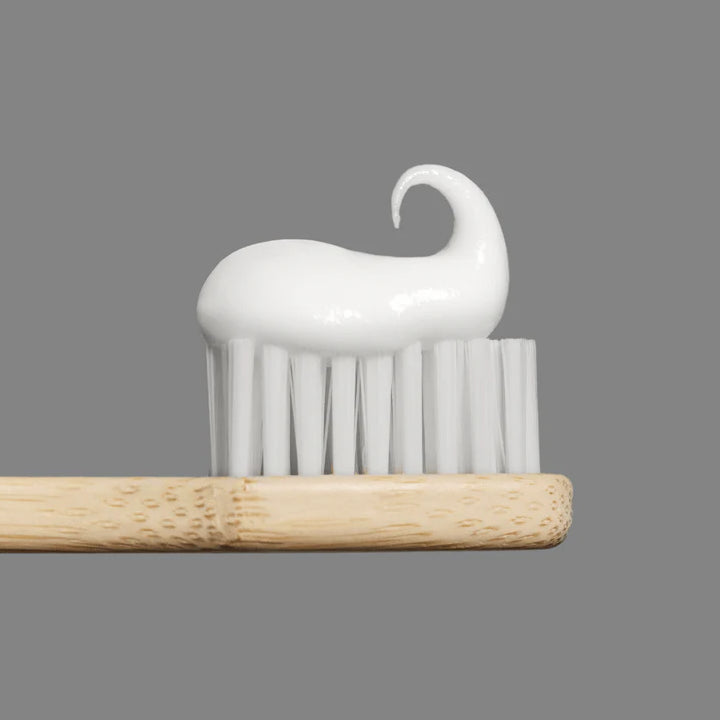
what is nano hydroxyapatite?
not saliva dependent
not saliva dependent
Nano hydroxyapatite does not rely on the calcium and phosphate in your saliva to work. In fact, it is primarily made up of calcium and phosphate, introducing more of those elements into your saliva on its own. This means nHA works regardless of saliva conditions.
biocompatible / biomimetic
biocompatible / biomimetic
Nano hydroxyapatite feels right at home in your mouth. Since your teeth are primarily composed of hydroxyapatite, they naturally recognize and absorb the nano particles. This allows for remineralization from the inside out, unlike fluoride, which only coats the surface.
safe and non-toxic
safe and non-toxic
Nano hydroxyapatite poses no risk of toxicity or overexposure since it is recognized by the body. This makes it safe for all ages, even children who tend to swallow toothpaste.
repairs as well as protects:
repairs as well as protects:
Whereas fluoride works to harden the enamel, nHA actually rebuilds enamel and repairs early-stage decay while smoothing out any imperfections in your tooth surface. This increases whiteness, reduces sensitivity, and strengthens your teeth for a longer lasting solution to oral health concerns.
remineralization and sensitivity relief
Independent third party lab tests show how exposed dentin tubules (the holes in enamel that cause sensitive teeth) are filled in and the enamel is strengthened after just 5 days of brushing with Davids nano hydroxyapatite toothpaste.
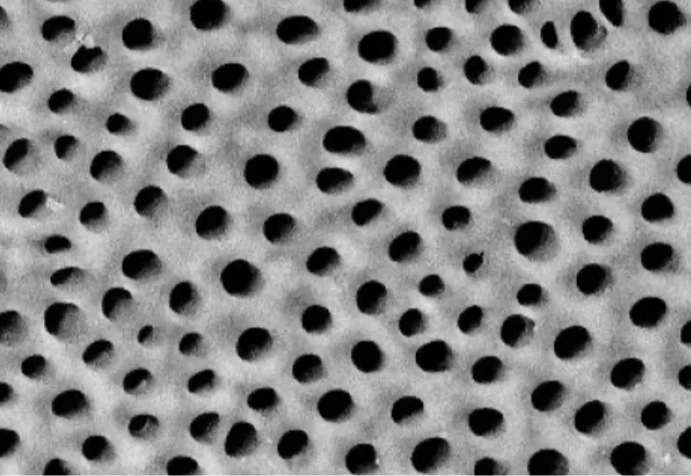
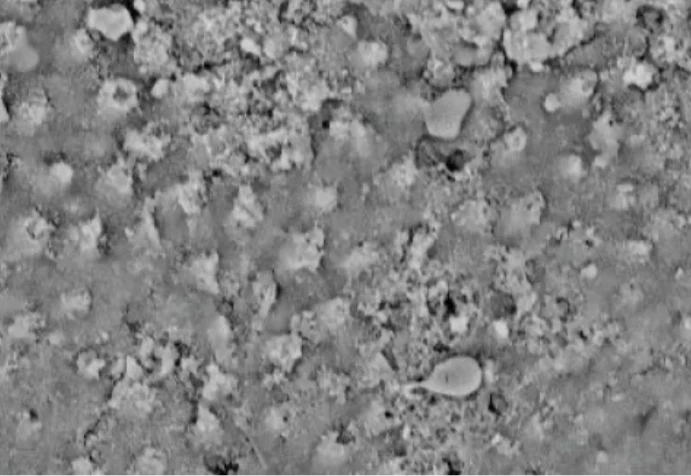

nano vs. micro hydroxyapatite
does particle size really matter?
penetration and remineralization
penetration and remineralization
Nano hydroxyapatite’s smaller particle size allows it to penetrate deep into enamel, filling in microscopic cracks and restoring minerals more effectively.
Micro hydroxyapatite, while still beneficial, primarily remains on the tooth’s surface and doesn’t reach the same depths to effectively remineralize or give sensitivity relief.
sensitivity relief
sensitivity relief
Nano hydroxyapatite can occlude exposed dentin tubules more thoroughly, reducing tooth sensitivity at the source.
Micro hydroxyapatite provides some surface level relief but doesn’t penetrate as deeply, meaning it may not be as effective for more severe cases of sensitivity.
aesthetic benefits
aesthetic benefits
Nano hydroxyapatite not only strengthens teeth but also helps smooth the enamel surface, enhancing the natural shine of your teeth.
Micro hydroxyapatite, though it offers some protection, doesn’t polish or brighten teeth to the same extent as nano particles can.

not all hydroxyapatite is created equal
particle size
particle size
Just because a toothpaste tube says “hydroxyapatite” does not mean that it contains the same ingredients as another. Only nano sized particles (around 50 nm) are small enough to fill in the dentin tubules and microscopic fissures in your enamel. Some companies use cheaper and much larger micro hydroxyapatite, or even calcium carbonate coated in hydroxyapatite (which is 100X larger than the particle size shown to be effective).
particle shape
particle shape
There are many shapes of nano hydroxyapatite including rod, circle, needle, and irregular. However, only rod shaped
nHA is shown to be the most effective. Some companies use the cheapest needle shaped particles which are banned in the EU over concerns of causing cell damage!
percentage focused marketing
percentage focused marketing
Many companies put a lot of emphasis on the percentage of hydroxyapatite in their products, but don’t talk about how well it performs. This is just a marketing ploy. Any product that focuses on percentage of hydroxyapatite should be looked at carefully, because they are likely using lower cost materials.
Davids focuses on the performance of products, not the percentage.
choosing the best toothpaste
We have talked a lot about nano hydroxyapatite, micro hydroxyapatite, and fluoride. But, which is right for you and your family?
| nano HA | micro HA | fluoride | |
|---|---|---|---|
| prevents tooth decay | |||
| remineralizes enamel from the inside out | |||
| non-toxic and safe for all ages | |||
| provides lasting sensitivity relief | |||
| naturally whitens teeth | |||
| biocompatible | |||
| not dose dependent |




